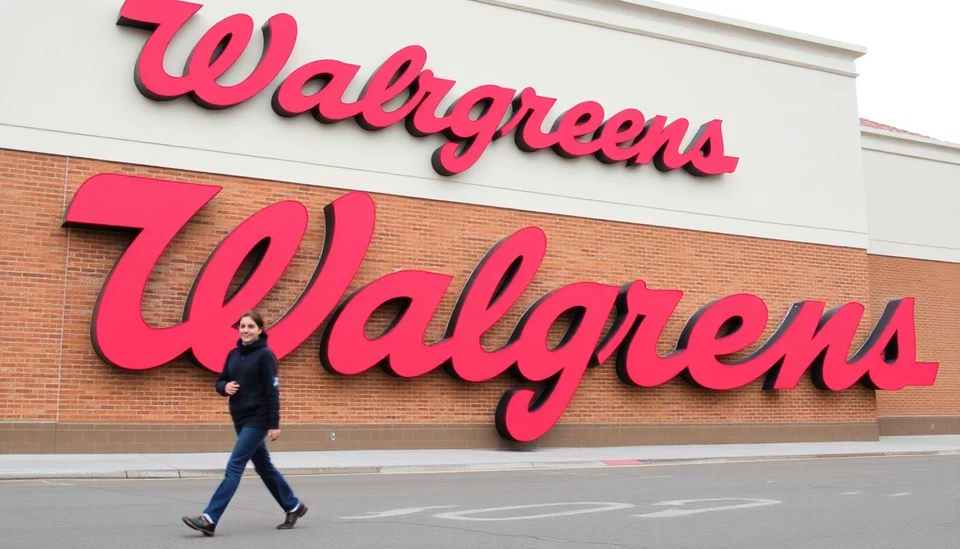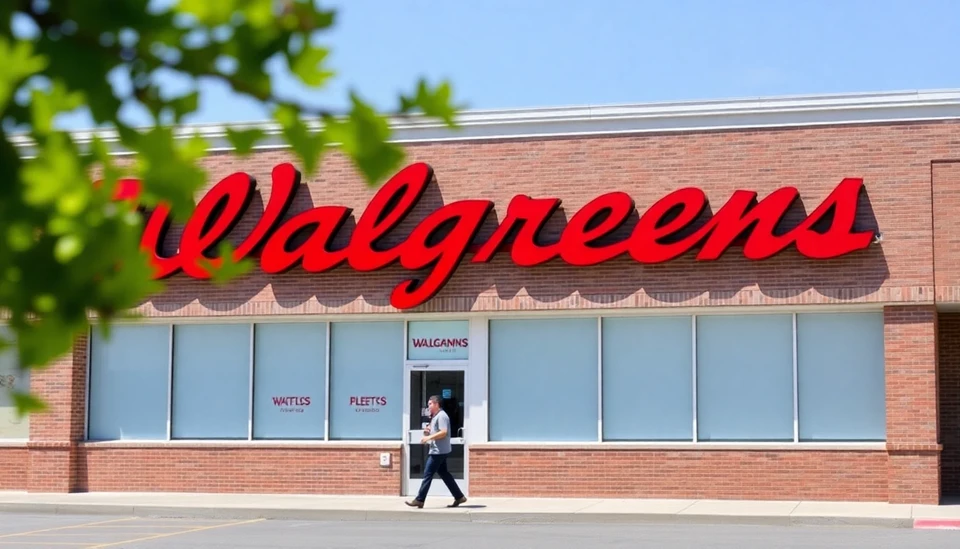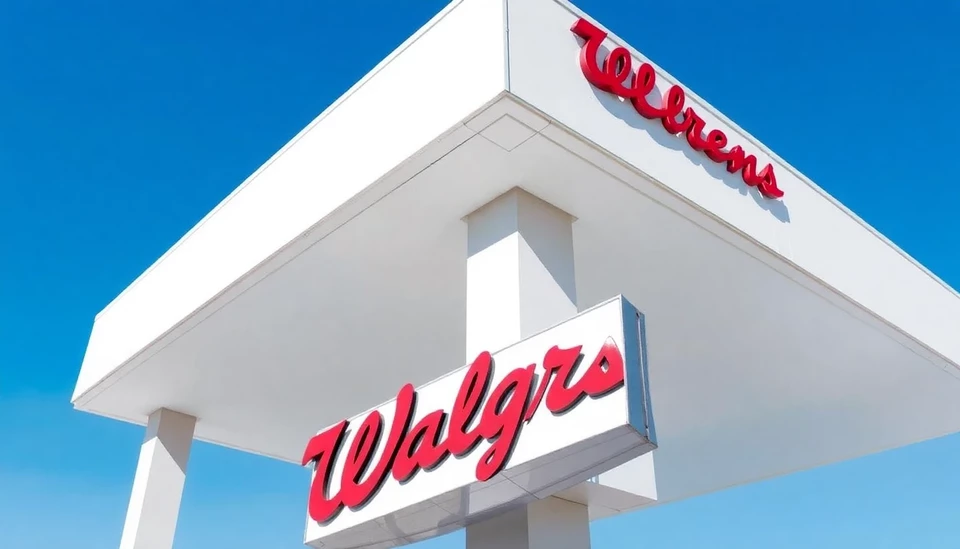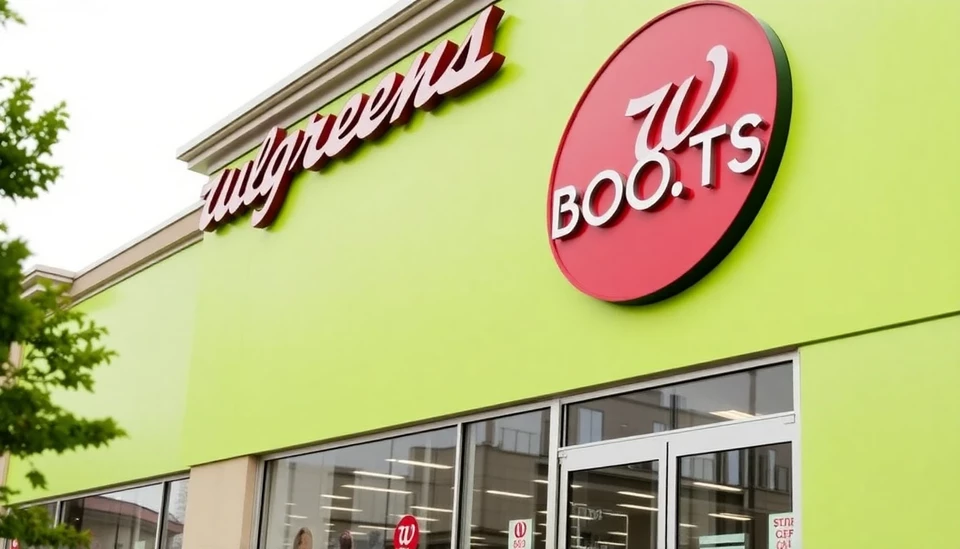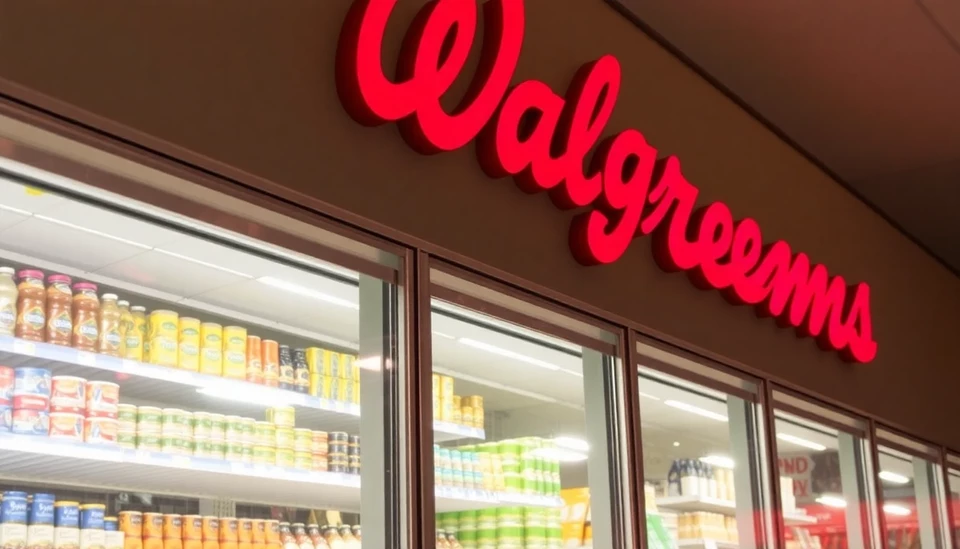
In a compelling narrative unfolding within the retail sector, Walgreens has found itself at the center of a controversy over what some label the "fridge fight." This incident stems from tensions between the pharmacy giant and delivery startup companies, exposing a fractured relationship that could potentially reshape the tapestry of modern retail as we know it. The issues at hand underscore serious implications for customer service dynamics and operational strategies in an increasingly competitive landscape.
In recent months, Walgreens has been grappling with a recurring challenge: its positioning against agile e-commerce startups that threaten traditional brick-and-mortar sales paradigms. The crux of this conflict lies in the accessibility of chilled products, specifically medicines and healthcare items that typically require refrigeration. As these startups capitalize on consumer demand for quick deliveries, they have begun to encroach upon Walgreens' market share, leaving the pharmacy chain forced to innovate its inventory approach.
Walgreens' leadership responds to the shifting retail climate with a mix of skepticism and determination to maintain its foothold. While once a preeminent player in the pharmaceutical and retail landscape, the chain has witnessed an accelerated decline in foot traffic. The crux of the matter revolves around how the company can adapt to not only retain its loyal customer base but also attract new shoppers who are increasingly lured by the convenience offered by e-commerce.
To tackle this retail conundrum, Walgreens has gone through intense discussions about the deployment of refrigerated equipment in stores. However, as competitors gear up for a battle of convenience, the rising cost of maintaining such facilities poses a significant strain on the business model. Retailers must weigh the capital needed for operational adjustments against the potential gains from improved customer satisfaction and increased sales volume.
Critics have voiced concerns about the broader implications of this fridge fight for the future of retail. Should Walgreens falter in its adaptation to the rapidly evolving sector, it risks not only losing customers but also falling prey to a more entrenched decline as competitors thrive on flexibility and innovation. The stakes are high, as we enter a retail landscape characterized by the melding of in-person convenience and e-commerce efficiency.
As the ongoing tussle progresses, industry analysts will be keenly observing Walgreens' tactics and responses to these competitive pressures. The ongoing saga does not merely signify a potential crisis for one company but indicates a significant shift in customer priorities, preferences, and the overall landscape of retail in America. With every strategic move, Walgreens will have to consider not only corporate profitability but also the changing expectations of technology-savvy consumers who increasingly view convenience as paramount.
In conclusion, the confrontation over refrigerated goods between Walgreens and emerging market players highlights a pivotal moment in retail history. The outcome of this battle could serve as a harbinger for the direction of physical stores in the face of a tidal wave of digital transformation. If Walgreens fails to outmaneuver its innovative rivals, it may set a precedent for other traditional retailers who find themselves in a similar predicament.
#Walgreens #RetailChallenges #Ecommerce #FridgeFight #CustomerService #Innovation #RetailFuture
Author: Samuel Brooks
